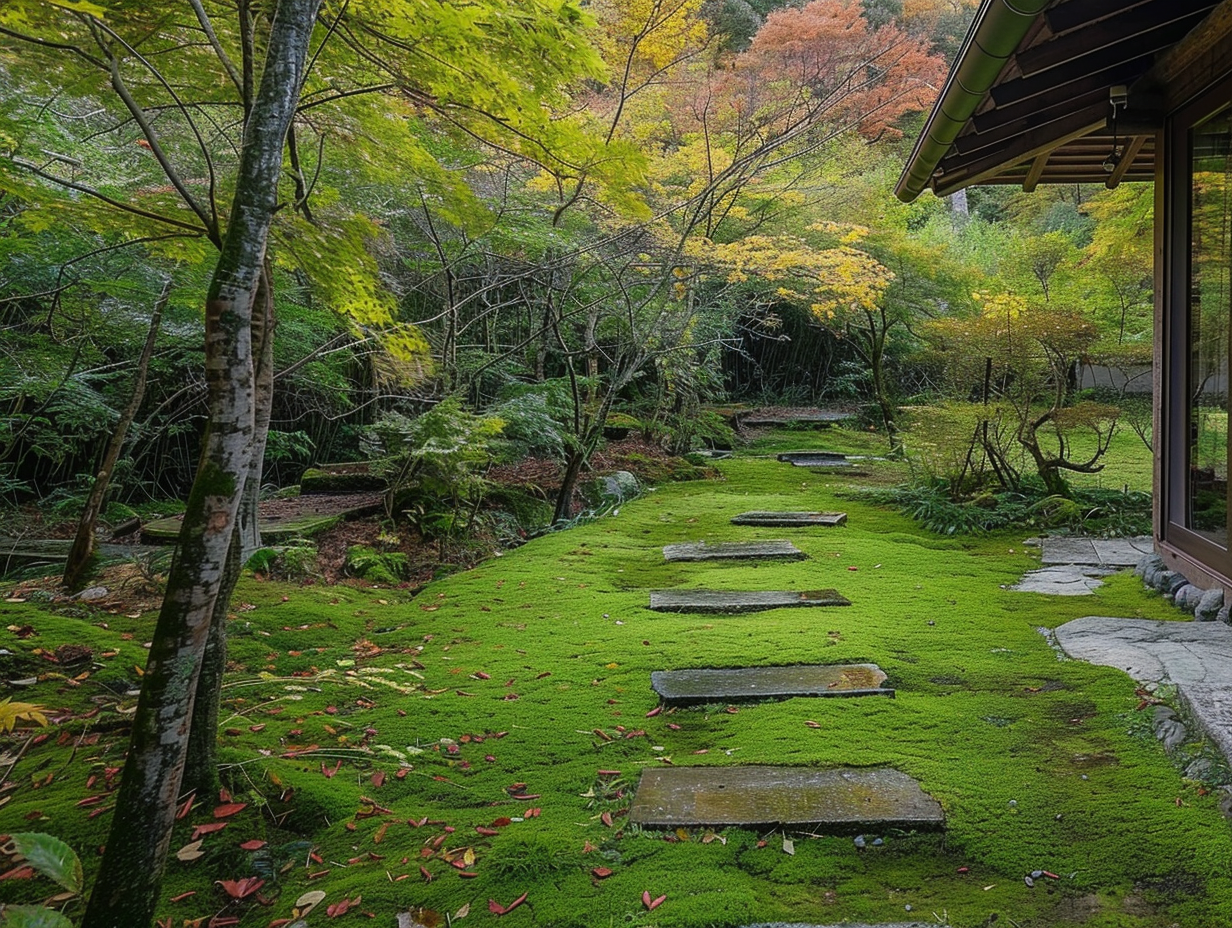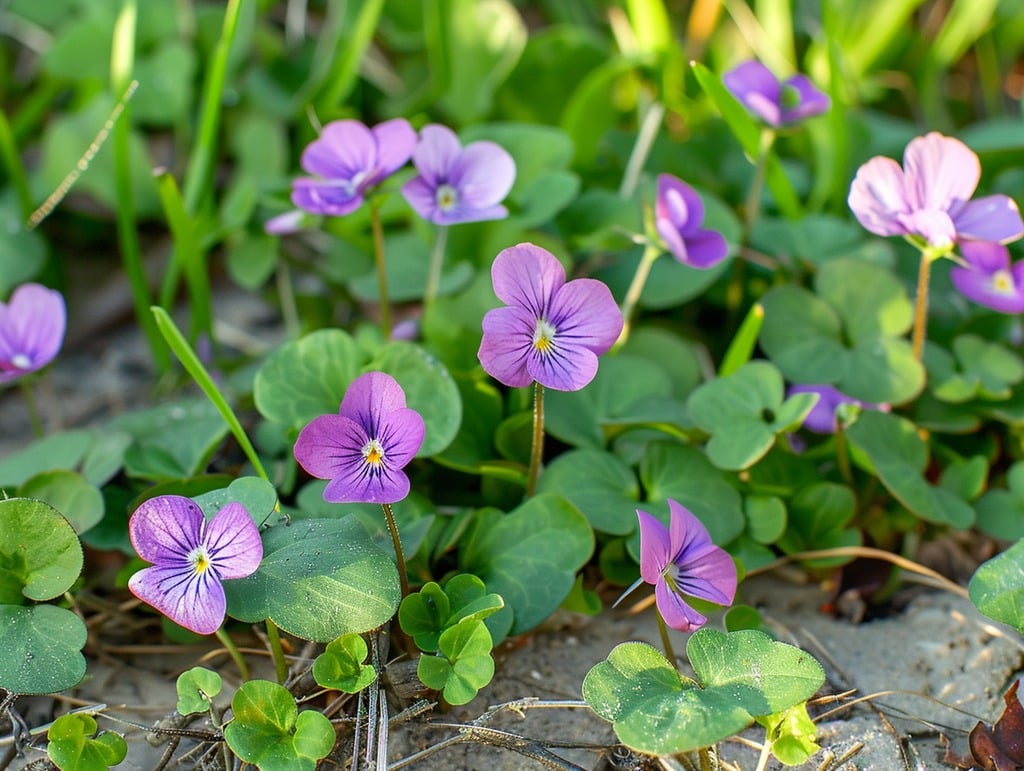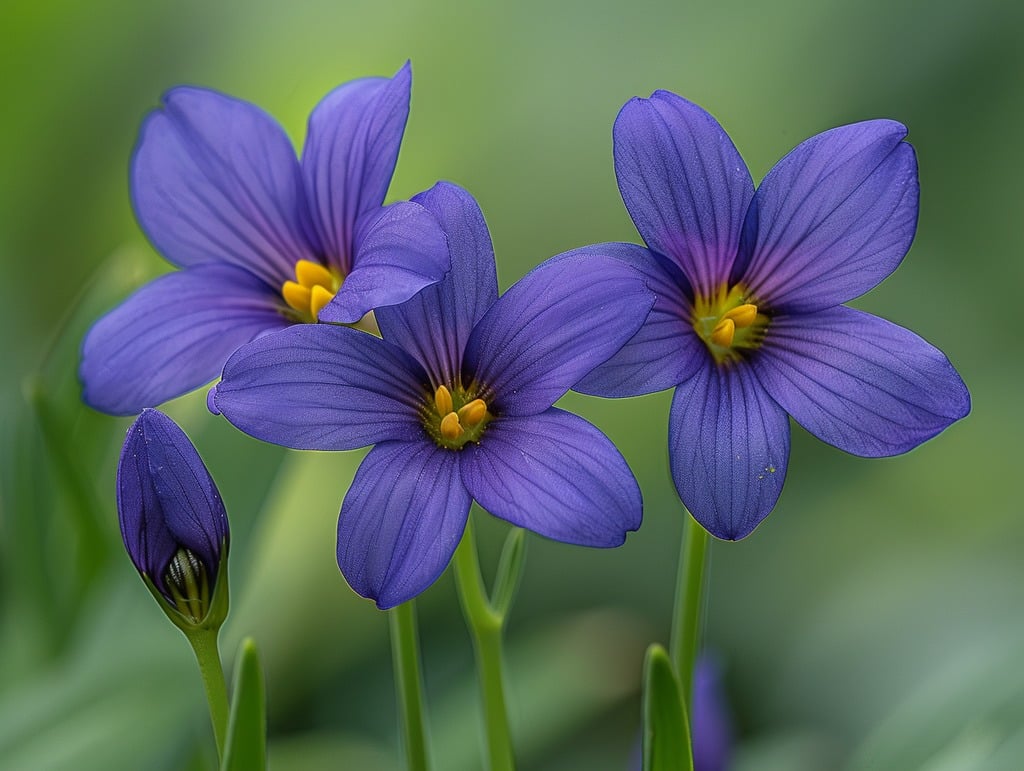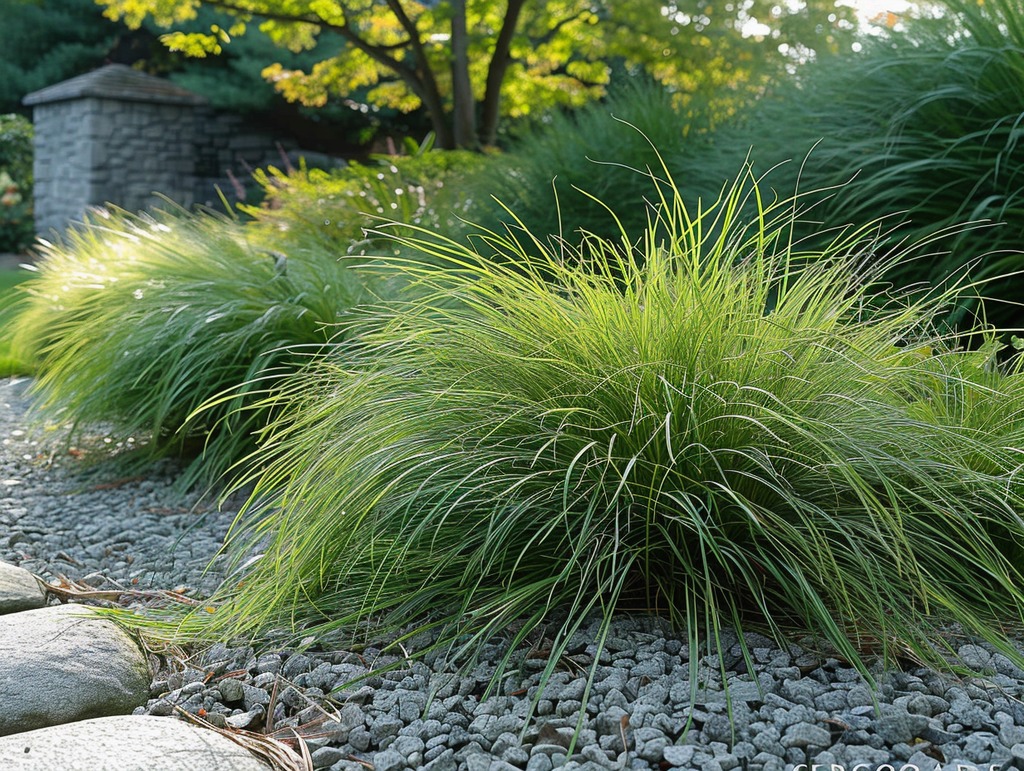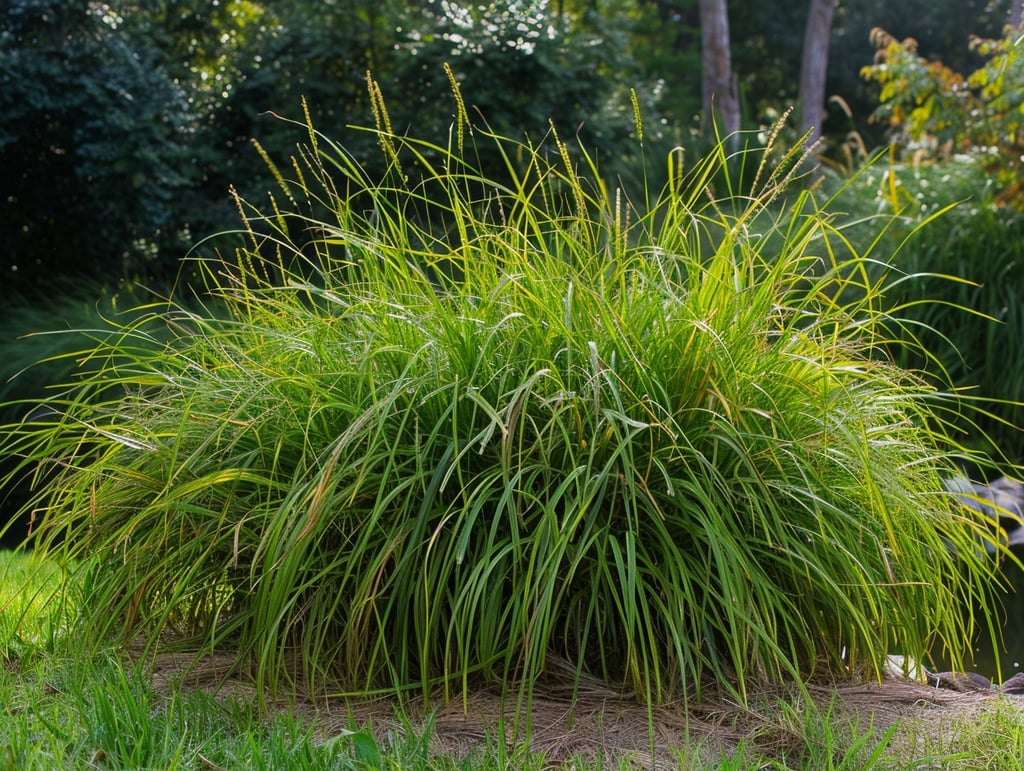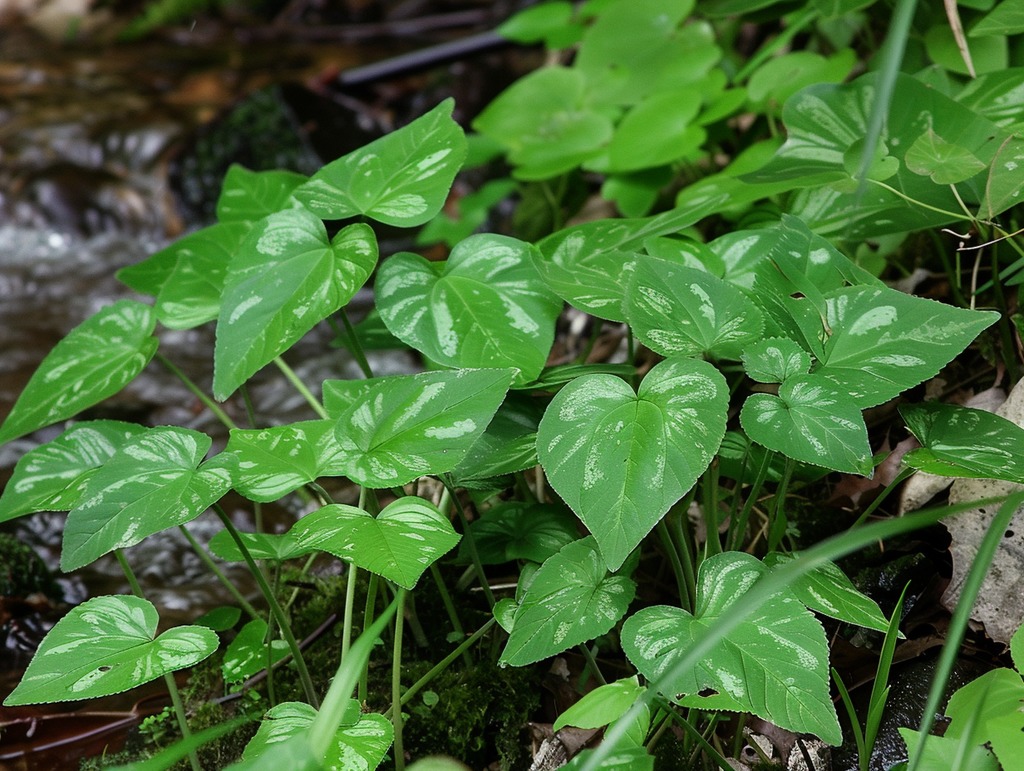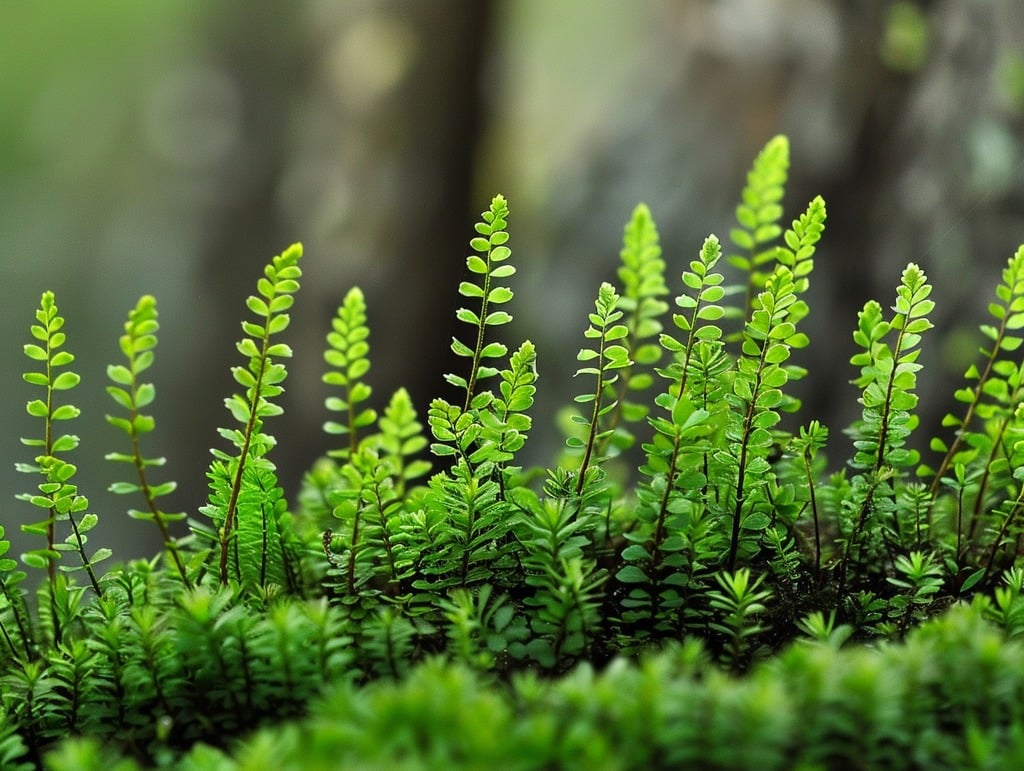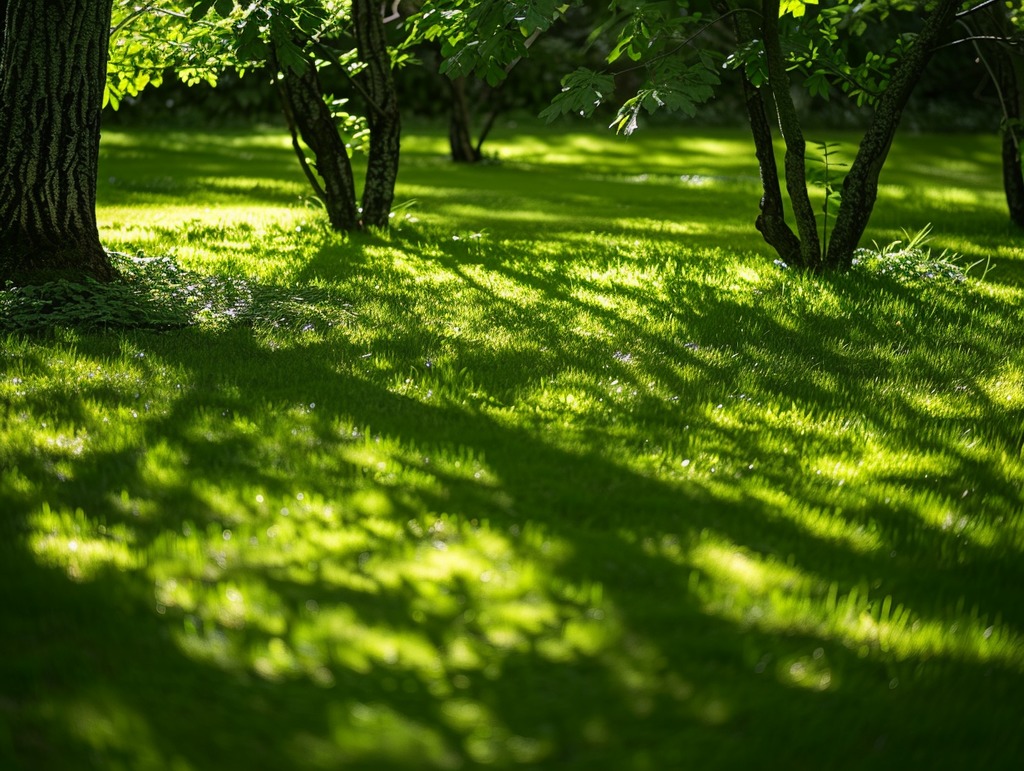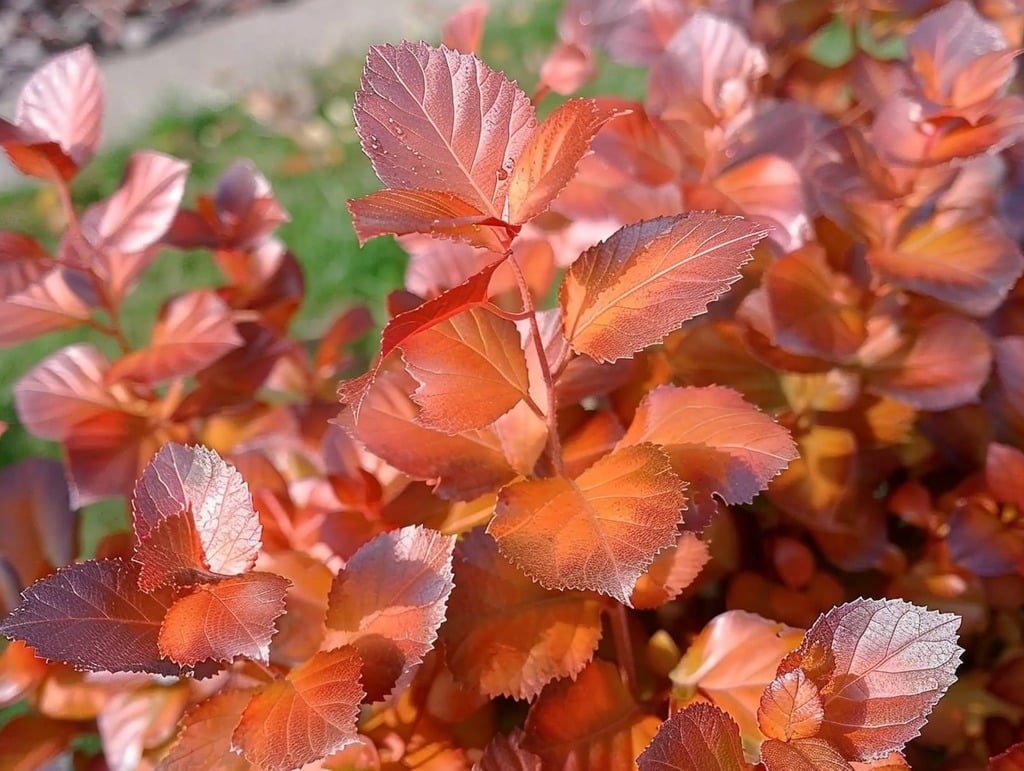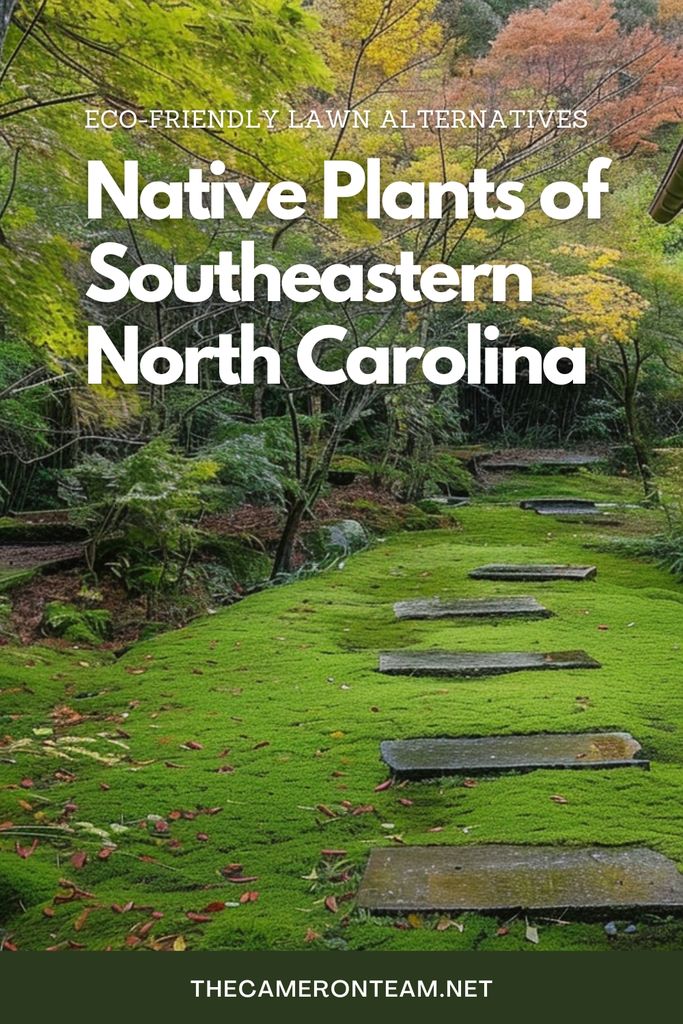Ever dreamt of a lush, vibrant lawn without the hassle of constant mowing, watering, and fertilizing? Look no further! Southeastern North Carolina, nestled in gardening zones 8a and 8b, boasts a variety of native plants perfect for creating a low-maintenance, eco-friendly lawn alternative. Let’s dive into some fantastic native options like violets, lyre leaf sage, blue-eyed grass, and more, and discover how to plant and nurture each one.
Violets (Viola villosa)
Viola villosa, commonly known as woolly blue violet, is a charming, low-growing plant native to Southeastern North Carolina. It features fuzzy, heart-shaped leaves and delicate, violet-colored flowers. This species spreads through both seeds and rhizomes, making it an excellent choice for ground cover in shaded areas.
Planting and Growing:
- Soil: Prefers well-drained, moist soil with a slightly acidic to neutral pH.
- Sun: Thrives in partial shade to full shade, making it ideal for under trees or in woodland gardens.
- Water: Requires regular watering, especially during dry periods. Ensure the soil remains consistently moist but not waterlogged.
- Planting: Plant seeds or transplants in early spring. Space them about 6-8 inches apart to allow for spreading. For best results, enrich the planting area with organic matter, such as compost, to improve soil fertility and structure.
Viola villosa’s fuzzy foliage and lovely flowers add a soft, natural beauty to any garden space, making it a fantastic alternative to traditional grass lawns.
Lyre Leaf Sage (Salvia lyrata)
This perennial features beautiful, lyre-shaped leaves and tall spikes of lavender-blue flowers. It’s a great choice for adding a pop of color to your lawn alternative.
Planting and Growing:
- Soil: Adaptable to various soil types, including sandy and loamy soils.
- Sun: Grows well in full sun to partial shade.
- Water: Drought-tolerant once established, but benefits from occasional watering.
- Planting: Sow seeds in fall or spring, or transplant seedlings. Space plants 12-18 inches apart.
Blue-Eyed Grass (Sisyrinchium angustifolium)
Despite its name, blue-eyed grass is actually a member of the iris family. It features slender, grass-like leaves and small, star-shaped blue flowers with yellow centers.
Planting and Growing:
- Soil: Prefers moist, well-drained soil.
- Sun: Full sun to partial shade.
- Water: Keep the soil consistently moist, especially during dry spells.
- Planting: Sow seeds in spring or divide existing clumps. Space about 6-12 inches apart.
Carex Pennsylvania (Carex pensylvanica)
Also known as Pennsylvania sedge, this plant forms soft, grass-like tufts and is perfect for shady areas. It’s a low-maintenance alternative that spreads slowly by rhizomes.
Planting and Growing:
- Soil: Prefers sandy or loamy soil with good drainage.
- Sun: Thrives in partial shade to full shade.
- Water: Requires minimal watering once established.
- Planting: Plant plugs or transplants in spring or fall. Space about 8-12 inches apart.
Sedges (Carex spp.)
Sedges are a diverse group of grass-like plants with triangular stems. They are highly adaptable and can thrive in various conditions, making them a versatile lawn alternative.
Planting and Growing:
- Soil: Tolerates a wide range of soil types.
- Sun: Full sun to full shade, depending on species.
- Water: Varies by species; generally drought-tolerant.
- Planting: Plant clumps or plugs in spring or fall. Space according to species requirements.
Hexastylis (Hexastylis spp.)
Hexastylis, or little brown jug, is a woodland plant with glossy, evergreen leaves and unique, jug-shaped flowers. It provides excellent ground cover in shady areas.
Planting and Growing:
- Soil: Prefers acidic, well-drained soil.
- Sun: Full shade to partial shade.
- Water: Keep soil moist, especially in dry periods.
- Planting: Plant in spring or fall. Space plants 8-12 inches apart.
Spleenwort (Asplenium spp.)
Spleenworts are delicate ferns with finely divided fronds. They thrive in shaded, moist environments and add a touch of elegance to your lawn alternative.
Planting and Growing:
- Soil: Prefers rich, well-drained soil with organic matter.
- Sun: Full shade to partial shade.
- Water: Keep consistently moist.
- Planting: Plant in spring or fall. Space about 12 inches apart.
Clasping Bellflower (Campanula americana)
This biennial features tall spikes of bell-shaped blue flowers that attract pollinators. It’s a striking addition to any lawn alternative.
Planting and Growing:
- Soil: Prefers well-drained, loamy soil.
- Sun: Full sun to partial shade.
- Water: Moderate watering needs.
- Planting: Sow seeds in fall or spring, or transplant seedlings. Space plants 12-18 inches apart.
Moss (Bryophyta spp.)
Mosses are low-growing, non-vascular plants that create a lush, green carpet. They are perfect for shady, damp areas and require minimal maintenance.
Planting and Growing:
- Soil: Prefers acidic, compacted soil.
- Sun: Full shade to partial shade.
- Water: Keep consistently moist.
- Planting: Press moss fragments into soil or rocks in spring or fall. Ensure good contact with the substrate.
Copperleaf (Acalypha spp.)
Copperleaf plants are known for their vibrant, colorful foliage. They provide a striking visual contrast and are excellent for adding variety to your lawn alternative.
Planting and Growing:
- Soil: Prefers well-drained, fertile soil.
- Sun: Full sun to partial shade.
- Water: Regular watering, especially in dry periods.
- Planting: Plant in spring after the last frost. Space plants 12-18 inches apart.
Incorporating these native plants into your Southeastern North Carolina landscape not only reduces maintenance but also supports local wildlife and promotes biodiversity. Whether you choose the delicate violets or the bold copperleaf, each plant offers unique benefits and beauty to your lawn alternative.
Ready to transform your yard? Start planting these native gems and enjoy a sustainable, low-maintenance garden that thrives in zones 8a and 8b. Happy gardening!

